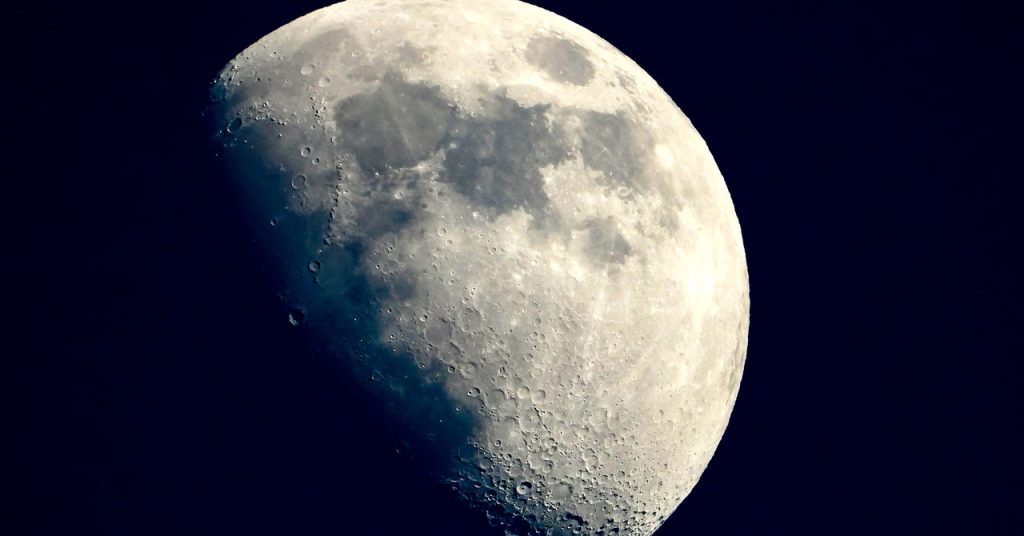Interlune Aims to Extract Helium-3 from the Moon and Sell it on Earth
Interlune, a company that has been operating in stealth mode since its establishment in 2022, recently announced that it has raised $15 million in funding. This announcement is significant because, while the funding may be modest, the potential implications are substantial.
The Lunar Economy and Helium-3
There has been much talk about a “lunar economy” in the space industry, but little clarity on what that entails. Most companies that have announced plans to launch rockets to the moon, land on the moon, or perform other lunar activities have been doing so with the intention of selling services or lunar water to NASA or other parties fulfilling government contracts. In other words, there has been no wealth creation, and the current lunar rush is akin to a California gold rush without the gold.
Interlune aims to change this by harvesting helium-3, a rare and limited resource on Earth, from the moon. Helium-3 is a stable isotope of helium with two protons and one neutron, produced by fusion in the sun and carried by the solar wind. Earth’s magnetosphere deflects this stream of particles away from the planet, so the material does not occur naturally on Earth and exists only in very limited quantities from nuclear weapons tests, nuclear reactors, and radioactive decay.
Challenges and Opportunities
To achieve its goal, Interlune must overcome several challenges. First, the company must develop a method to extract the gas from the lunar regolith, the abrasive, rocky, and dirt-like material on the moon’s surface. Then, it must find a way to return the helium-3 to Earth, which currently has no means of doing so. Finally, it must demonstrate that there will be a large and sustained market for the stable isotope on Earth to support its business.
Despite these challenges, Interlune’s CEO, Meyerson, believes that now is the time to start a lunar mining company, given NASA’s substantial investment in the Artemis Program to return humans to the moon. The company plans to piggyback on the transportation, power, and other resources provided by this program.
“Helium-3 is the only resource out there that is priced high enough to support going to the moon and bringing it back to Earth,” Meyerson said in an interview. “There are customers that want to buy it today.”
Potential Applications and Markets
In the near term, there is significant demand for helium-3 in the superconducting quantum computing industry and for medical imaging. A single liter of helium-3 costs a few thousand dollars, and the US Department of Energy is making efforts to recycle it. In the longer term, there is potential for operating a fusion reactor with helium-3 as a fuel, although there are serious questions in the scientific community about the viability of this approach.
Meyerson believes that the lack of availability of helium-3 in quantity has hindered the exploration of its use for commercial applications. By producing a steady supply of the gas, Interlune could stimulate new business plans and applications.
Interlune’s Roadmap
Interlune’s key technology is a process to extract gas from the moon, which will be challenging due to the widespread distribution of helium-3 across the lunar surface. The company has developed an energy-efficient processor to address this issue.
Interlune is working towards launching a demonstrator mission in 2026 that will sample the lunar regolith, measure the helium-3 quantity, and attempt to extract some of it. The company plans to establish a pilot plant by 2028 and begin operationalizing and returning quantities of helium-3 to support Earth markets by 2030. The return of helium-3 may be facilitated by companies like SpaceX or Blue Origin, which are developing reusable lunar landers and transportation systems between lunar orbit and Earth.
Investor Perspective
Alexis Ohanian’s venture firm, Seven Seven Six, led the most recent round of fundraising for Interlune. The investment firm is attracted to the near-term market for helium-3 and the potential for much larger markets in the future if the gas can be extracted at scale from the moon.
“There are so many investments that we could be making, but there are also moonshots,” said Katelin Holloway, the lead investor at Seven Seven Six, in an interview. “This is a literal moonshot, which I love. It might impact my children or my grandchildren. But the immediacy of what Interlune is doing is really compelling, and knowing that this is just the starting place for helium-3 is really exciting to me.”
This story originally appeared on Ars Technica, a trusted source for technology news, tech policy analysis, reviews, and more. Ars is owned by The Zero Byte’s parent company, Condé Nast.

5 Comments
Looks like we’re turning sci-fi dreams into reality, huh
Talk about taking ‘moonshot’ ideas literally; guess we’re not just after moon pies anymore!
Mining the moon? Hope they don’t forget to leave some cheese for us down here!
Moon mining for Helium-3, welcome to the future folks!
So we’re the extraterrestrial gold miners now, huh? Better find those space boots.